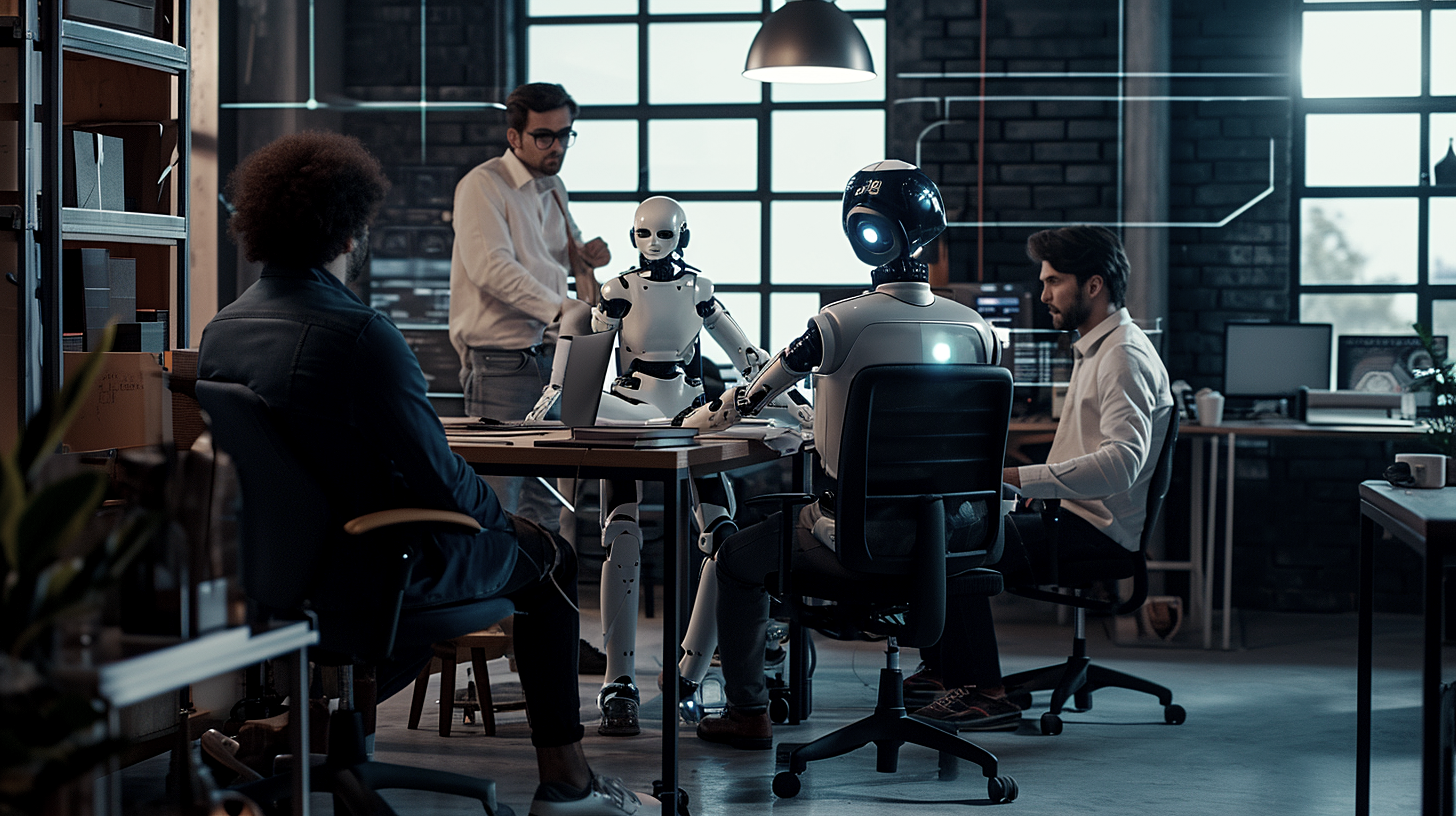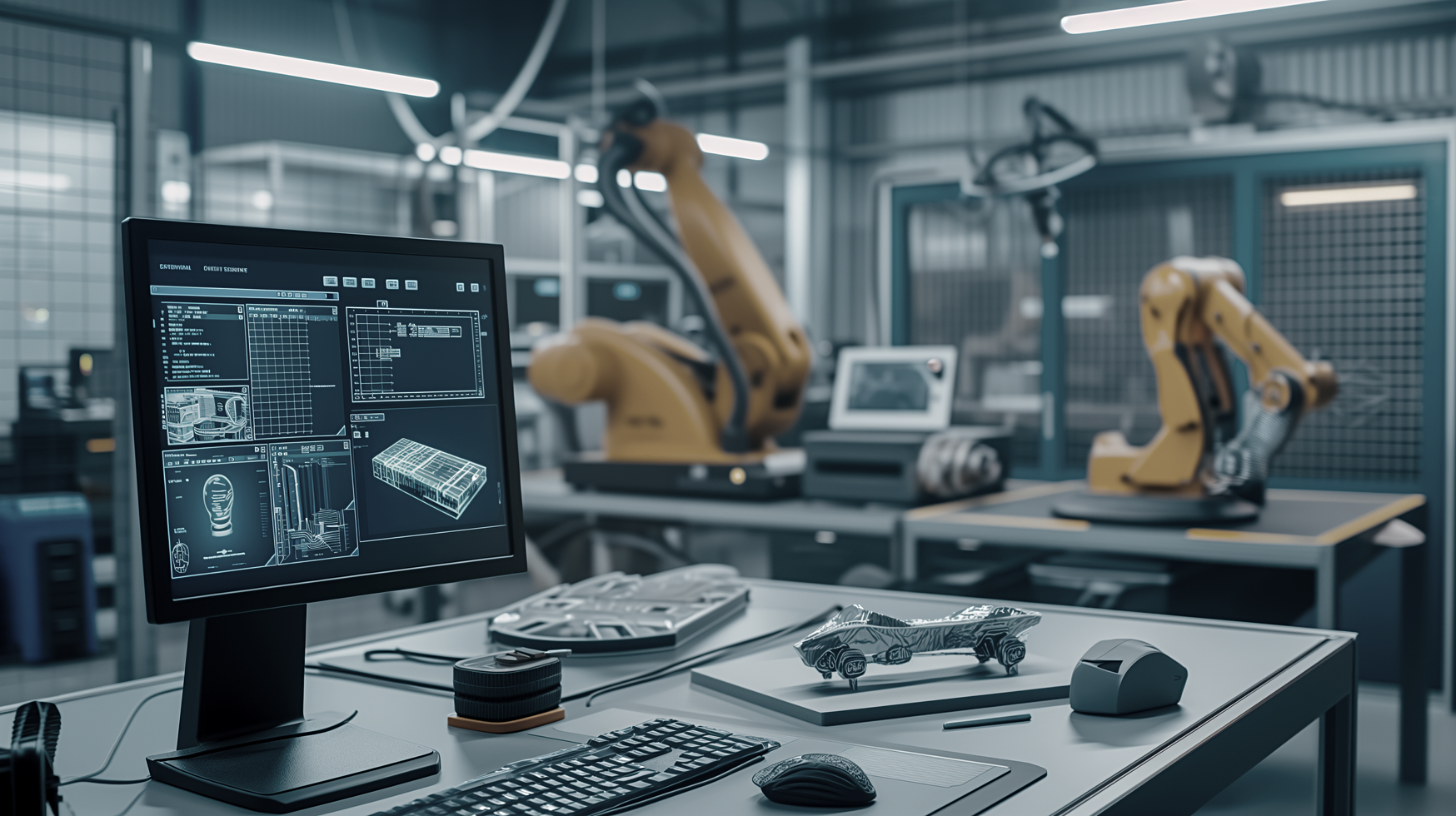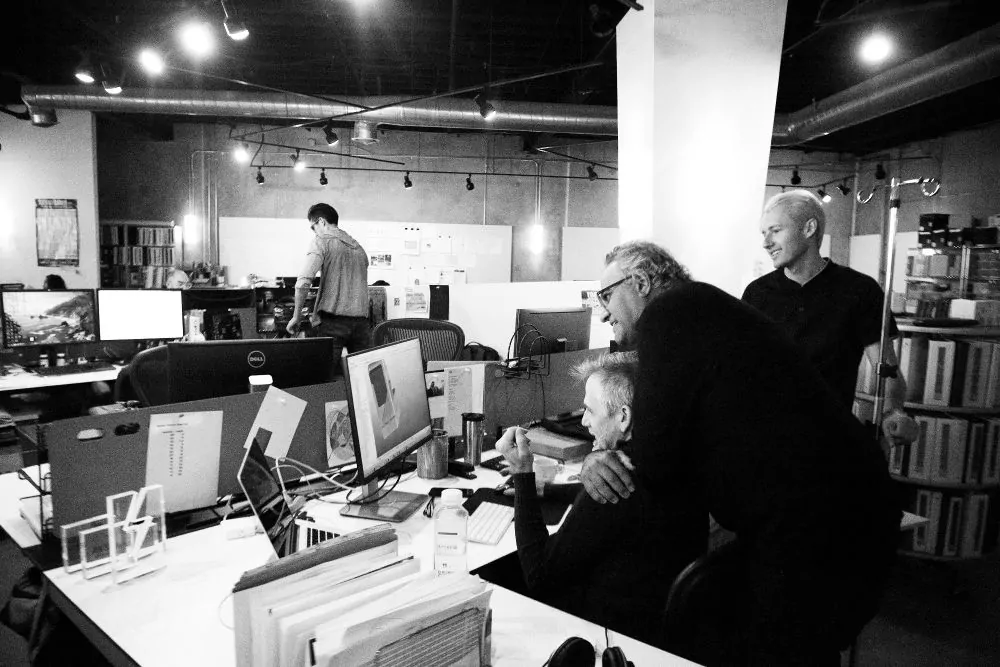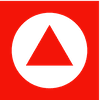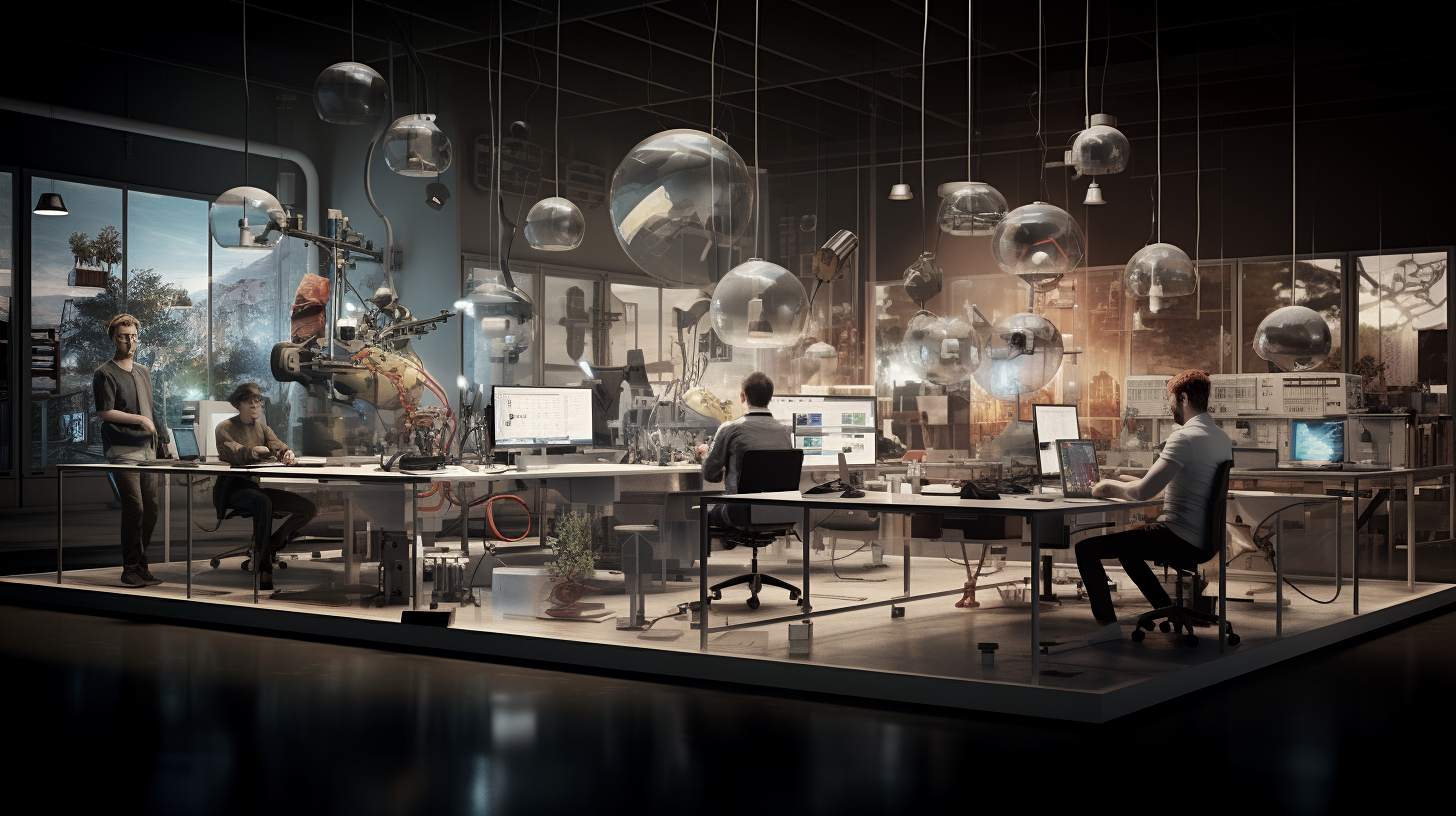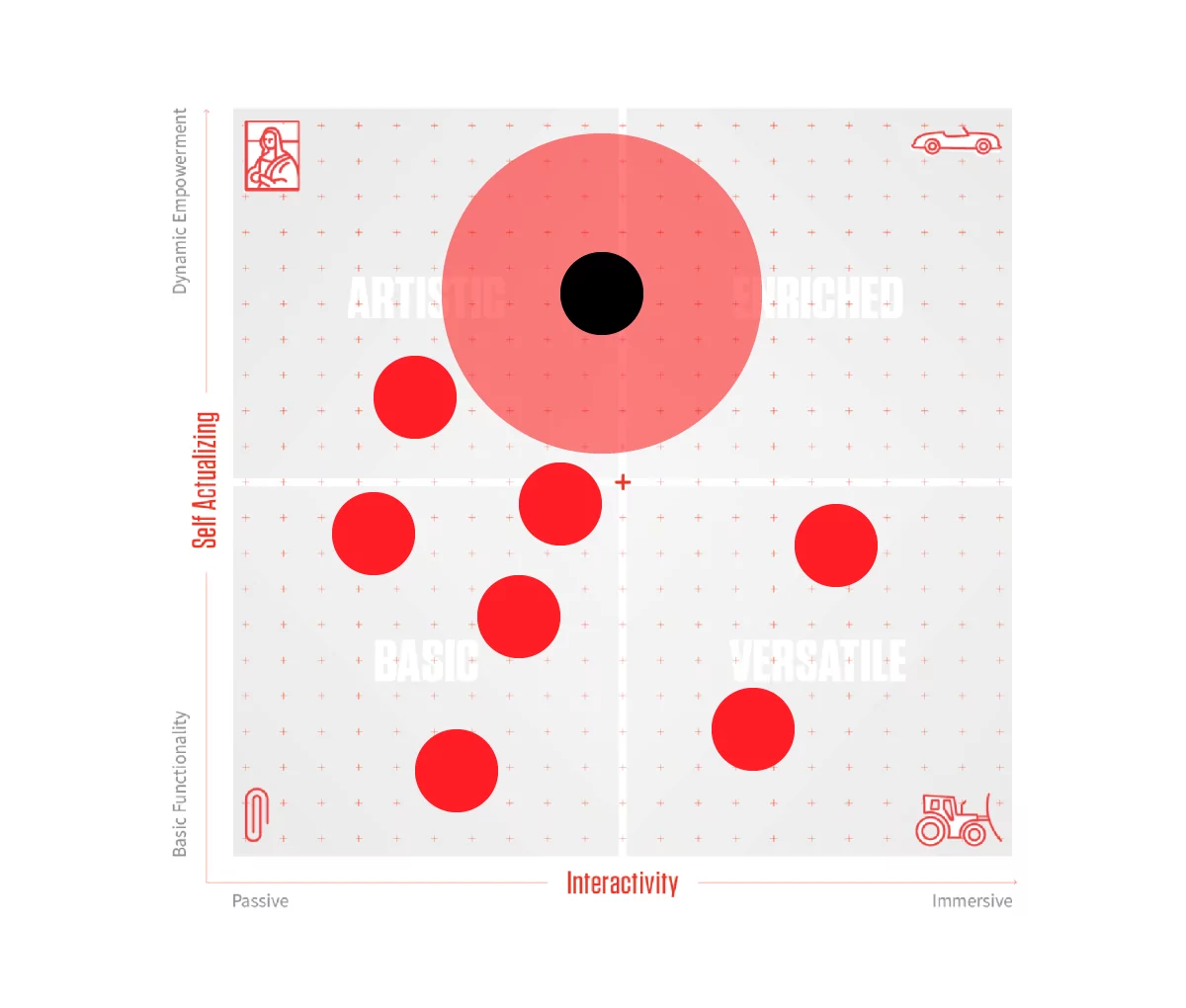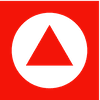Note To Designers: Forget Wearables, Tackle Senseables
Published on April 22nd, 2015
Let’s face it: the concept behind wearables—collecting data on oneself—is something people have sought for generations. French philosopher Michel Foucault, for instance, points to the ancient technological development of the hypomnema, a collection of writings one would keep on things one read, heard, saw, or thought throughout the day, which would then be reread in order to better connect to both the world and to, well, oneself. As Foucault explains, “There was a culture of what could be called personal writing…which must be reread from time to time so as to re-actualize their contents.”
So in the tradition of hypnomnema, wearables in their current form, creeping up our arms from wrist to elbow, are just the flavor of the month.
For the most part, wearables continue to fall into the categories of either fitness tracking (Jawbone, Fitbit, Band) or smartwatch (Gear, Apple Watch). But a third of consumers stop using fitness trackers after just six months, and half of owners no longer use their devices at all. That points to something fundamentally wrong with the whole notion of wearables.
“The goal is to take this data and then leverage it to enable elevated experiences and productivity.”
What really unites and excites people about wearable tech is not its “wearability,” but its collective purpose: to enable the gathering of information in order to create a better, more complete self. This goes way beyond knowing how many steps one took in a day, or how many calories one consumed. It is about knowing—with a technological aid that will do the “knowing” for you—every moment of one’s day, every thought one had, every person one passed, every room one entered, and every emotion one felt. The goal is to take this data and then leverage it to enable elevated experiences and productivity.
And that’s where wearables fall short.
The evolution of technologies of the self moves along two axes: the scale of data collection and the seamlessness of data collection and use. A hypnomnema, little more than a glorified notebook, offered little of either. Wearables automatically collect very large amounts of data, e.g. steps taken, and are fairly seamless in how they go about collecting it. However, they fail when it comes to interpreting the data—that job, for the most part, is still the burden of the user.
As tech writer Richie Etwaru has pointed out, we need to shift the focus from wearables to “senseables.” These are sensors embedded throughout an environment or ecosystem that provide users with an elevated experience so seamlessly intertwined with their lifestyle that they do not realize they’re part of it until it is already underway. Senseables are, in essence, devices that enable the merging of self, the world, and data about one’s place in that world.
An example of an existing senseables solution is one developed by carmaker Audi. In Audi’s Pre-Sense, a number of sensors are embedded within a car to measure emotions, body language, and involuntary reactions. This data is then used to automatically adjust safety mechanisms within the car. Sensors note when a driver is distracted and automatically assure that the driver does not drift into an adjacent lane.
“Content will follow you everywhere, serving up exactly what you want when you want it.”
On a personal scale, imagine what a fitness senseable might look like. It would capture the same kind of data wearables collect, but do so invisibly and then render the data immediately usable having interpreted it for your current personal conditions. Imagine stepping into a gym that instantly recognizes who you are, your health status and also recalls the performance of every workout you have ever done there in order to serve up a customized workout just for that visit.
When you step on the treadmill, speed and distance instantly adjust to your personal settings, based on your desired goal as well as your past and projected performance. Get on the weight machine and have it push you to your projected max. Then, based on how many calories you just burned, have a customized meal plan for the next 24 hours delivered to your smartphone. A better you, guaranteed in 8-12 weeks.
But fitness is really just the tip of the iceberg for the types of personal experiences that senseables will enable. In the entertainment realm, content will follow you everywhere, serving up exactly what you want when you want it on every device. Feeling sad? Your home already knows through infrared body sensors and informs your TV, which in turn recommends your favorite comedy. When distracting quotidian decisions are removed thanks to sensors, think about how our minds will be freed up—fewer petty worries and concerns will put us on the track to becoming healthier and happier people.
The senseables revolution has already begun, and designers need to get on board. From the sensors embedded in the Nest thermostat platform, which automatically adjust the temperature when particular events in the environment are detected, to the Xbox One’s personalization through instant recognition of the user (and his or her preferences) through a built in camera, sensory environments are here. What currently stands in the way of taking wearables and all other sensor-dependent devices to the next level isn’t technological limitations, but the limits of our own imaginations.
The next step in the long evolution of technologies of the self requires designers to take the initiative and design intuitive, intelligent, trustworthy, and noninvasive experiences for these devices. In doing so, we can reach far beyond wearables and into a future where small, friction-filled decisions become invisible. Designers, start thinking about senseables now.
— Thank you Fast Company for these images above.
